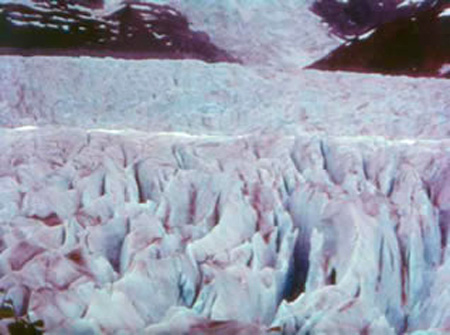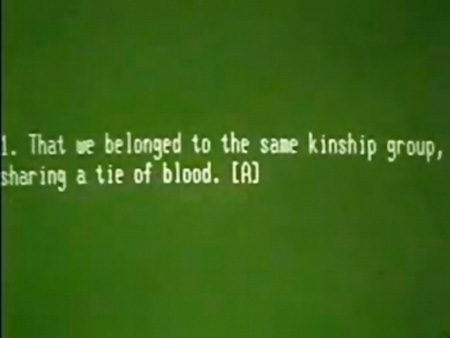Essential Influences, Emotional landscapes and Memories of those who came before us
“I had read all about the films before I ever saw any of them. By the time I did see them they had taken up permanent residence in my imagination. And when I saw them, I understood anew what it means to witness moving images: the images move - and the images are deeply moving. Hindle, Brakhage, Solomon, Fleming and Frampton: three different generations of American avant garde filmmakers, five very different approaches to that thing we call Cinema, but all films by filmmakers with a profound faith in the capacity of images to move us: aesthetically, emotionally, intellectually. The works of these five artists have intensely affected my own conception of the moving image and my own practice as a filmmaker. Frampton and Hindle were gone before I knew who they were but I was lucky enough to spend six years in conversation and correspondence with Brakhage. I went to graduate school to study with Fleming and learn from her just as she had learned from Hindle. Solomon I met by great good chance while in school and after several years of long-distance study and mentoring he has become a dearest friend and Colorado neighbor. This program of five films is a way for me - now fifteen years into my own filmmaking practice - to look back at the artists and works that shaped my vision during crucial and formative years - and continue to inspire me and expand my idea of what is possible in the art of the moving image”.


